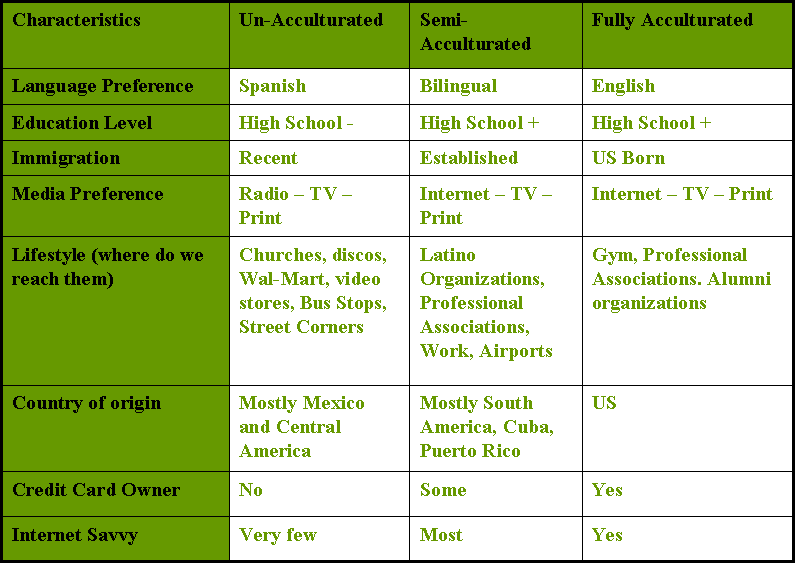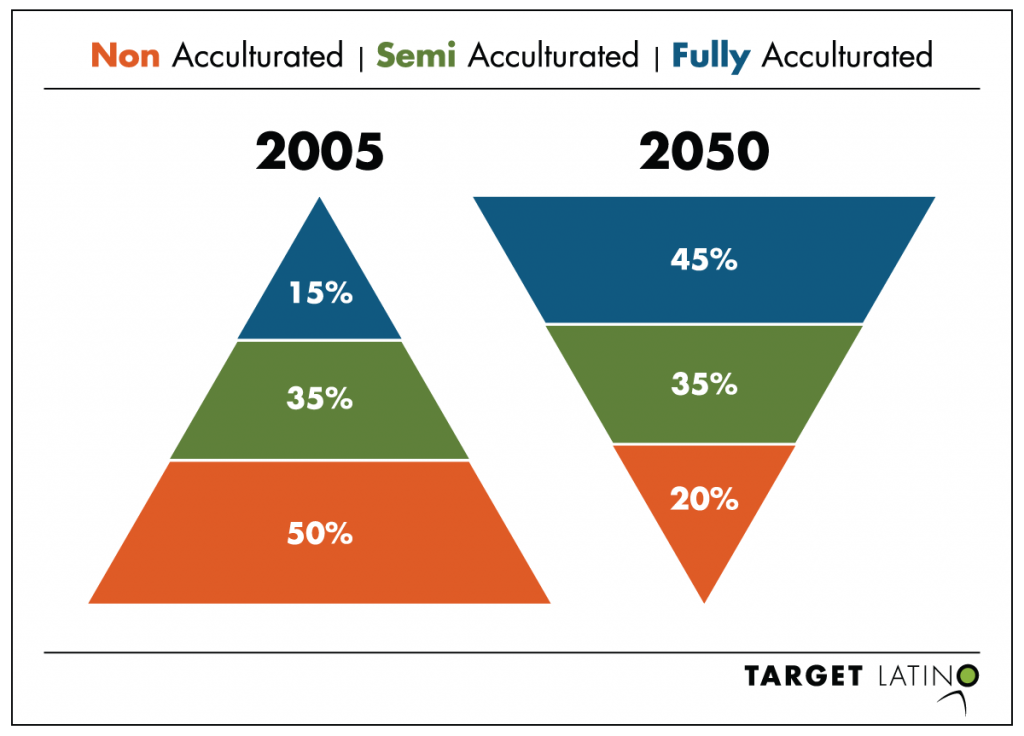ya es hora Campaign Calls for Complete Count of Latinos | 2010 Census
Campaign Calls for the Confirmation of Dr. Robert Groves to lead Census Bureau
ya es hora Campaign Calls for Complete Count of Latinos and Immigrants in the 2010 Census
LOS ANGELES, June 26 /PRNewswire-USNewswire/ — At a press conference today, the partners of the historic ya es hora !HAGASE CONTAR! (It’s Time, Make Yourself Count!) Campaign urged the Latino community to participate in the 2010 Census. In addition to announcing new partners, the campaign called for the confirmation of Robert Groves to head the U.S. Census Bureau, and condemned the efforts of a small group of organizations calling for a boycott of the enumeration as a strategy to achieve comprehensive immigration reform.
“The partners in the ya es hora !HAGASE CONTAR! Campaign are committed to ensuring a full count in the 2010 Census,” said Texas State Representative Rafael Anchia, Chairman of the NALEO Educational Fund. “This is only possible if we have the continued support of partner organizations across the country as well as leadership at the Census Bureau and the full support of everyone in the Latino community.”
“A full count of the Latino population will help Latinos build a better future for their families,” said Dr. Jesse Miranda, CEO of the National Hispanic Christian Leadership Conference (NHCLC). “A full count is critical for the continued economic and political progress of the Latino community. An undercount of the Latino community will do serious damage to our families and our neighborhoods. By diminishing the representation of newcomers in our democracy, an undercount will also undermine efforts to achieve comprehensive immigration reform. Encouraging anyone not to participate in the Census is simply wrong.”
The U.S. Constitution requires a full count of all residents of the United States, including immigrants. Census statistics determine reapportionment and political representation, and are also used for allocating federal funding for many social and economic programs that benefit the Latino community and the entire country. Additionally, Census data are used for the enforcement of civil rights and anti-discrimination laws, including the Voting Rights Act.
The ya es hora, !HAGASE CONTAR! Campaign will focus on promoting the importance of the Census, educating individuals about filling out their Census forms and encouraging households to mail back their responses once they complete their forms. This phase of the coalition’s work builds on the success of the ya es hora !Ciudadania!Campaign of 2007, in which 1.4 million Legal Permanent Residents (LPRs) applied for U.S. citizenship, and the success of the ya es hora !Ve y Vota! Campaign of 2008, in which a record 9.7 million Latinos exercised their right to vote in the presidential election.
The ya es hora !HAGASE CONTAR! Campaign is a coalition of national and local Latino organizations and Spanish-language media working to inform and motivate the nearly 50 million U.S. Latinos to fully participate in the 2010 Census. The campaign is lead by national partners, including the Dominican American National Roundtable, League of United Latin American Citizens, Mi Familia Vota Education Fund, NALEO Educational Fund, National Council of La Raza, Service Employees International Union, and media companies Entravision, impreMedia, and Univision, and includes organizational partners at the national, state, and local levels.
In recent weeks, a growing list of organizations have joined the campaign, including: Comunidad Presbiteriana Hispana & El Pozo de Jacob / The Jacob’s Well; Hispanic Association of Colleges and Universities (HACU); The Hispanic Federation; Hispanic National Bar Association (HNBA); Congressional Hispanic Caucus Institute (CHCI); Hispanic Mega Church Association; National Hispanic Pentecostal Congress; Jesse Miranda Center for Hispanic Leadership; Independent Sector; Latino Justice/Puerto Rican Legal Defense and Educational Fund; League of Women Voters USA; Leadership Conference on Civil Rights (LCCR); Mexican American Legal Defense & Educational Fund (MALDEF); National Association of Evangelicals; National Association of Hispanic Publications (NAHP); National Hispanic Christian Leadership Conference; National Hispanic Foundation for the Arts (NHFA); National Hispanic Media Coalition (NHMC); National Latina Institute on Reproductive Health; National Puerto Rican Coalition, Inc. (NPRC); Colorado Immigrant Rights (CIRC); Consejo Nacional De Organizaciones Comunitarias(CBO); Connecticut Puerto Rican Forum Inc.; Diocesan Migrant & Refugee Services Inc.; Los Angeles City College-Workforce Development; Los Angeles Southwest College-Bridges to Success; Pasadena City College-Community Education Center; S.O.S. Immigration International; The Idaho Community Action Network; International Institute; Unity For Dignity; Mexican American Opportunity Foundation; UFW Foundation; The Illinois Coalition for Immigrant & Refugee Rights; Latina Initiative; Intercambio de Comunidades; The Latin American Coalition; Tenants and Workers United; Hermandad Mexicana Nacional Oxnard; Hermandad Mexicana Nacional East Los Angeles; Hermandad Mexicana Nacional Fontana; Hermandad Mexicana Nacional Palmdale; Hermandad Mexicana Nacional Pacoima; LA Voice/PICO; Alliance for a Better Community; Mayor of Miami, Manny Diaz; Hispanic Unity, Miami; Organizacion Hondurena Integrada; Minnesota Council of Nonprofits; Contra Costa Faith Works!; Hispanic Women’s Organization ofArkansas; Mexican American Commission of Nebraska; Colombo Americans for Action.
About the ya es hora Campaign
The ya es hora campaign is the largest and most comprehensive non-partisan effort to incorporate Latinos as full participants in the American political process. The campaign had a dramatic impact on naturalization rates and spurred record Latino turnout in the 2008 presidential election.
Source: The Ya es Hora Campaign











